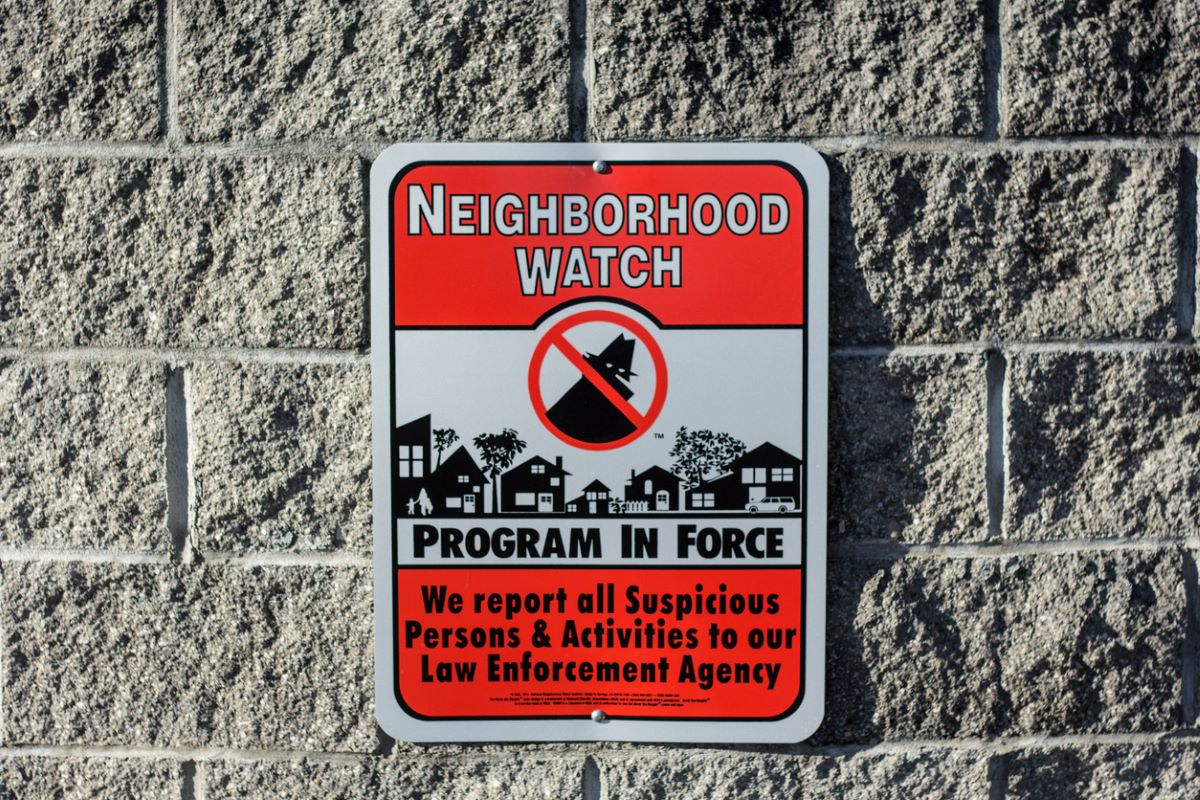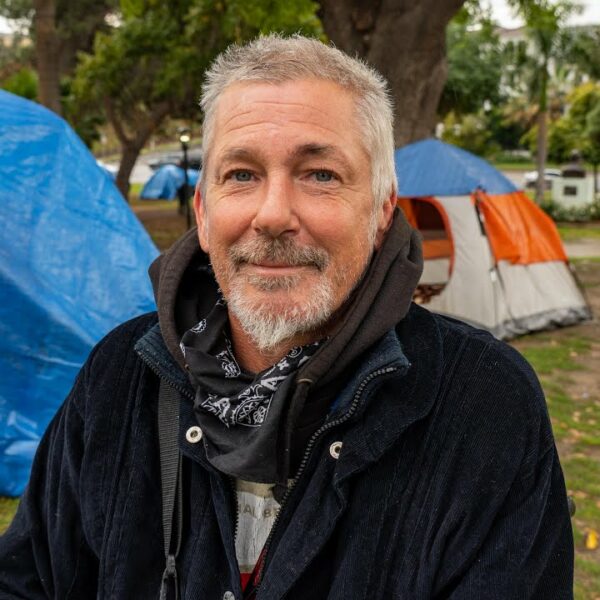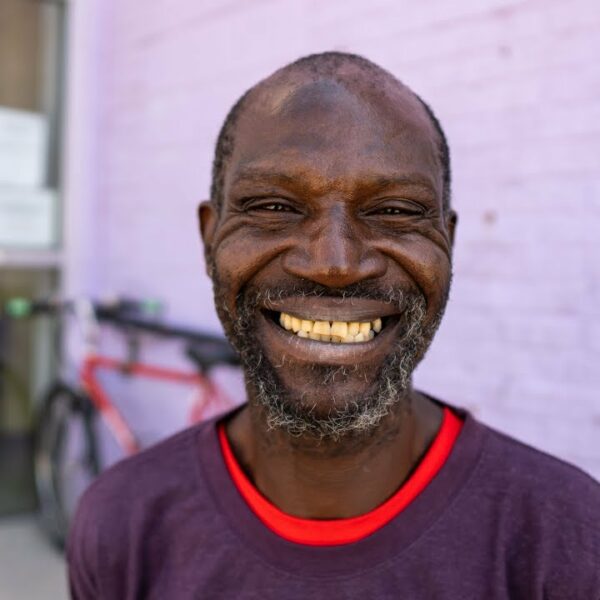NIMBYs Unmasked: How Neighborhood Watch Groups Appointed Themselves the Homelessness Police
Neighborhood watch groups are surprisingly ubiquitous in cities and towns across America and beyond. They supposedly exist to report “suspicious” activity to the police, but what’s seen as suspicious is often colored by racism, anti-homeless sentiment, and other biases.
With the advent of the internet and various neighborhood-based apps, bored homemakers and Batman wannabes have more opportunities than ever to create real danger for other people out of nothing more than their misplaced paranoia or aggression.
How It Started
Surveilling and reporting on the people around you may be nothing new in carceral societies. Still, the neighborhood watch program certainly formalized the process while making it more vague, open-ended, and widely applicable.
Interest in the neighborhood watch concept began increasing sharply in the late 1960s, and the National Sheriffs’ Association takes credit for creating the system as we now know it in 1972. Watch groups typically start with the assistance of local police departments and are not overseen by any national body.
How It’s Going
These days, there are still more than enough traditionalists standing by their windows with binoculars and calling the police any time they see someone sleeping in a public park after hours. However, a new strain of neighborhood watchers is emerging- those who use technology like apps and Facebook groups to track and target their marks.
While these groups feature the occasional post with helpful neighborhood information or legitimate concerns, they’re disproportionately bogged down with nonsensical warnings about local gangs that want to steal your dog or homeless people who are somehow sleeping in a threatening way.
Unfortunately, the delusion and derision of neighborhood watch participants is more than just endlessly annoying. It can often become dangerous or even deadly for the unfortunate people who become targets of the group’s vigilante justice.
The Human Cost of Neighborhood Watch
Rex Schellenberg is an elderly homeless man who has filed a complaint with the city of Los Angeles, saying he was targeted for harassment and had his car repeatedly towed by members of 2 local neighborhood watch groups on Facebook, including police officers.
Screenshots submitted in his complaint show members of Facebook groups called “Crimebusters of West Hills and Woodland Hills” and “Homeless Transient Encampments of our West Valley” asking who they can call to have his car towed.
Other posters in the groups brainstorm ways to get rid of homeless people in the area, including using baseball bats, fire hoses, pigeon spike strips, Clorox, tainting food with rat poison, stink bombs, poison oak, and “sugar solution and spray” to attract insects to drive people away.
In one particularly out-of-touch post, a user asks, “is there anything we can do to make these vagrants scared of us instead of the other way around?”
The Crimebusters group was started as a neighborhood watch group and a way to directly communicate concerns with the police officers who were also members. Longtime members recount how its focus shifted over the years to the point where the spinoff group “Homeless Transient Encampments of our West Valley” had to be created. More and more neighborhood watch groups are moving in this dangerous direction.
But homeless victims don’t always survive long enough to attempt to seek legal retribution against the people who target them.
Christopher Estrada, a 30-year-old homeless man, was shot and killed by neighborhood watch volunteer Robert Deladurantaye while the latter was making his 3 am rounds. Deladurantaye initially said that Estrada had charged him, but surveillance footage later showed that that was a lie.
If that story sounds familiar, you may be reminded of Trayvon Martin, the unarmed Black teenager who was shot and killed by neighborhood watch captain George Zimmerman, who also claimed to be acting in self-defense.
Neighborhood Watch Groups Don’t Understand Danger
We’ve seen all too many stories of neighborhood watch members letting the smallest bit of power and authority go to their heads, resulting in their fellow neighbors being harassed out of the neighborhood or dead. But even when operating as intended, which is to be extra eyes and ears for the police and report all information to them rather than getting directly involved, neighborhood watch groups tend to underestimate their capacity for harm.
Every police interaction has the potential to be deadly, and that’s something that the busybodies on neighborhood watch who dial 911 every time they see someone minding their own business in a public park at 6:01 pm either don’t realize or don’t care about.
The structure of the groups necessarily attracts such people. Their sense of danger has been so warped that they perceive someone sleeping on a bench two blocks away as an imminent threat to themselves and their children. However, calling in a few people with guns and a history of not being afraid to use them doesn’t register as a threat at all.
Until we recalibrate that sense of danger, neighborhood watch groups will always cause more harm than good.
The constant suspicion, fear of outsiders, and even fear of your neighbors themselves that the neighborhood watch mentality encourages is not making us any safer. In fact, it’s making us more anxious, more paranoid, and less tolerant of anything that falls even one standard deviation outside of what we personally consider to be “acceptable behavior.”
If not carefully modulated, these groups can become outlets for our worst impulses, which only get echoed and amplified over time as they spread and are repeated by other members. The structure or lack thereof in many neighborhood watch groups lends itself to being overtaken by the most extreme participants, and we’ve seen that result in these groups creating crime and violence where there was none before.













